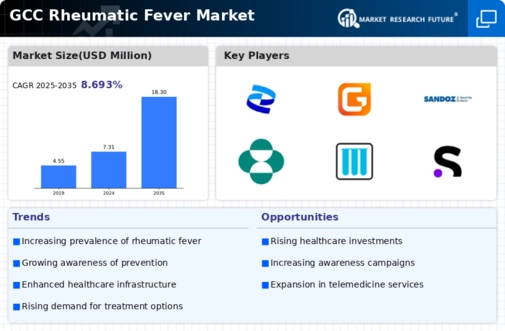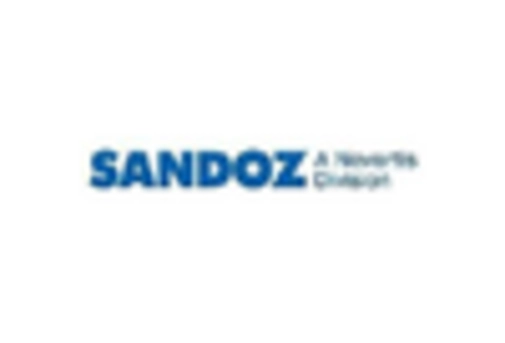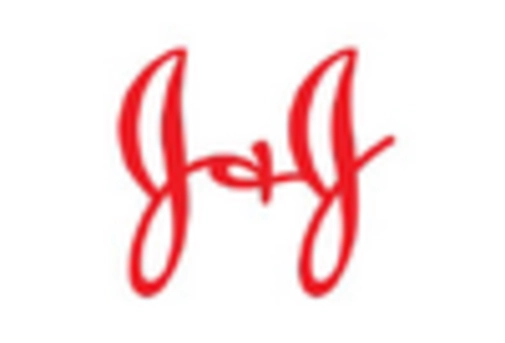The competitive landscape of the GCC Rheumatic Fever Market is characterized by a mix of established pharmaceutical companies and emerging firms dedicated to addressing the medical needs associated with rheumatic fever. This condition, primarily triggered by streptococcal infections, necessitates effective prevention and treatment strategies that have spurred innovation among players in the region. As awareness of rheumatic fever's long-term health consequences grows, various initiatives focusing on disease prevention, early diagnosis, and management are being implemented. Additionally, rising healthcare expenditures and an increasing emphasis on the quality of healthcare services further drive the dynamics of this market.
The competition within the GCC region is robust, with companies striving to increase their market share through product diversification and strategic partnerships.
Pfizer has established a significant presence in the GCC Rheumatic Fever Market by leveraging its extensive portfolio of antibacterial products and vaccines aimed at preventing the bacterial infections that often lead to rheumatic fever. The company's strong reputation for high-quality products, coupled with its ongoing commitment to research and development, positions it favorably within the market. Pfizer's experience in navigating regulatory landscapes and collaborating with healthcare providers enables it to enhance awareness and access to preventive treatments across GCC countries.
Its strengths lie not only in its established brand recognition but also in its ability to innovate and adapt to the region's unique healthcare needs, thus solidifying its competitive stance.
GSK plays a crucial role in the GCC Rheumatic Fever Market through its offerings in vaccines and therapeutics. With a firm commitment to addressing infectious diseases that contribute to rheumatic fever, GSK emphasizes research and development to introduce novel solutions tailored to the GCC population. The company has a diverse range of products that target strep throat, thus providing necessary preventive measures against rheumatic fever. GSK's strategic market presence is bolstered by its active engagement in partnerships and collaborations with local health authorities and organizations aimed at increasing awareness and accessibility to its products.
Furthermore, GSK has pursued mergers and acquisitions to strengthen its portfolio and expand its operational capabilities within the GCC, ensuring that it maintains a competitive edge in the evolving healthcare landscape.
























Leave a Comment